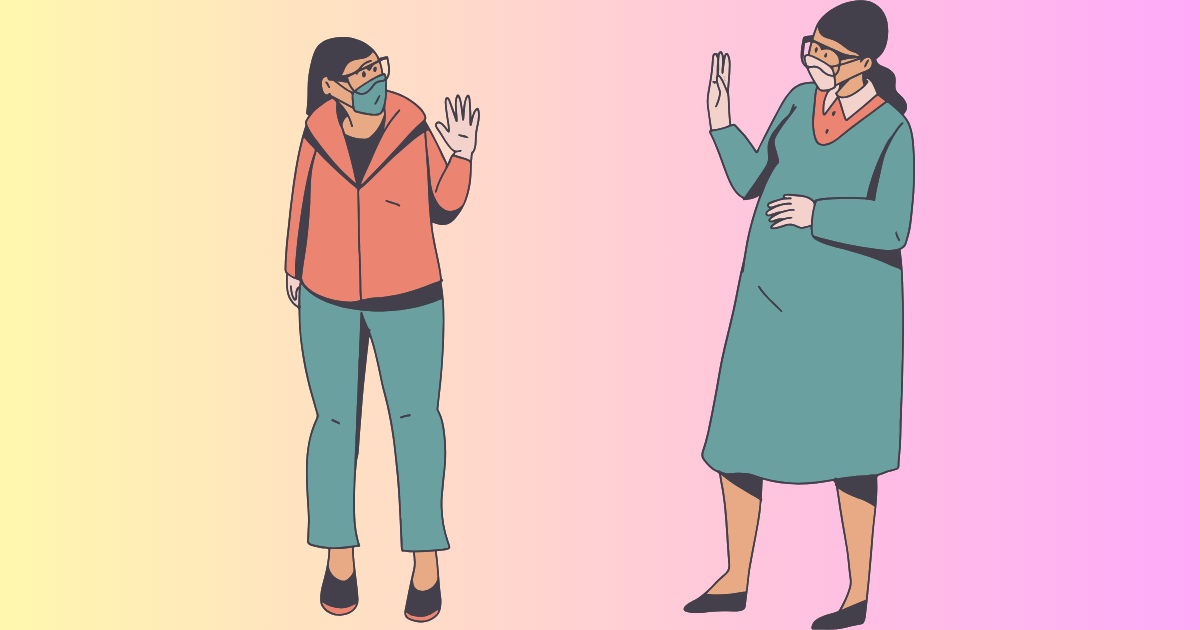Concept of Normal and Abnormal Behaviour

Most people believe that they can recognize normal and abnormal behavior in themselves and their associates. This is true to an extent. Although a person may be unwilling or unable to admit to a serious disturbance of feelings or behavior; most are aware of feeling: “Nervous or irritable” or depressed from time to time. The awareness results from a comparison of present behavior to an internalized norm or behavioral self-expectation. Mild and transient disruptions in behavior or feelings are usually experienced as anxiety and resolved by the utilization of coping mechanisms. Each person learns a repertoire of these adaptive mechanisms as he moves through the developmental process. Some are consciously recognized and selected, as when an angry person goes to work to “Cool down” before confronting the object of the anger. Others are unconscious and take place without the person's awareness. An example of this is the displacement of anger to a spouse when a person is angry with a supervisor at work situation.
Personal coping mechanisms are not always adequate to control anxiety. When the person is unable to cope alone, he faces difficulty in making decisions and help from another person. The helping person may be a friend and relative, a non-professional counselor, or a mental health professional. The choice may depend on the severity of the problem. A young girl may be in a problem and she thinks how to act to overcome this problem. She may discuss her concerns with her mother, her elder sister, her best friend, or her favorite teacher and she tries to learn new ways to cope with an unfamiliar situation.
Add New Comment